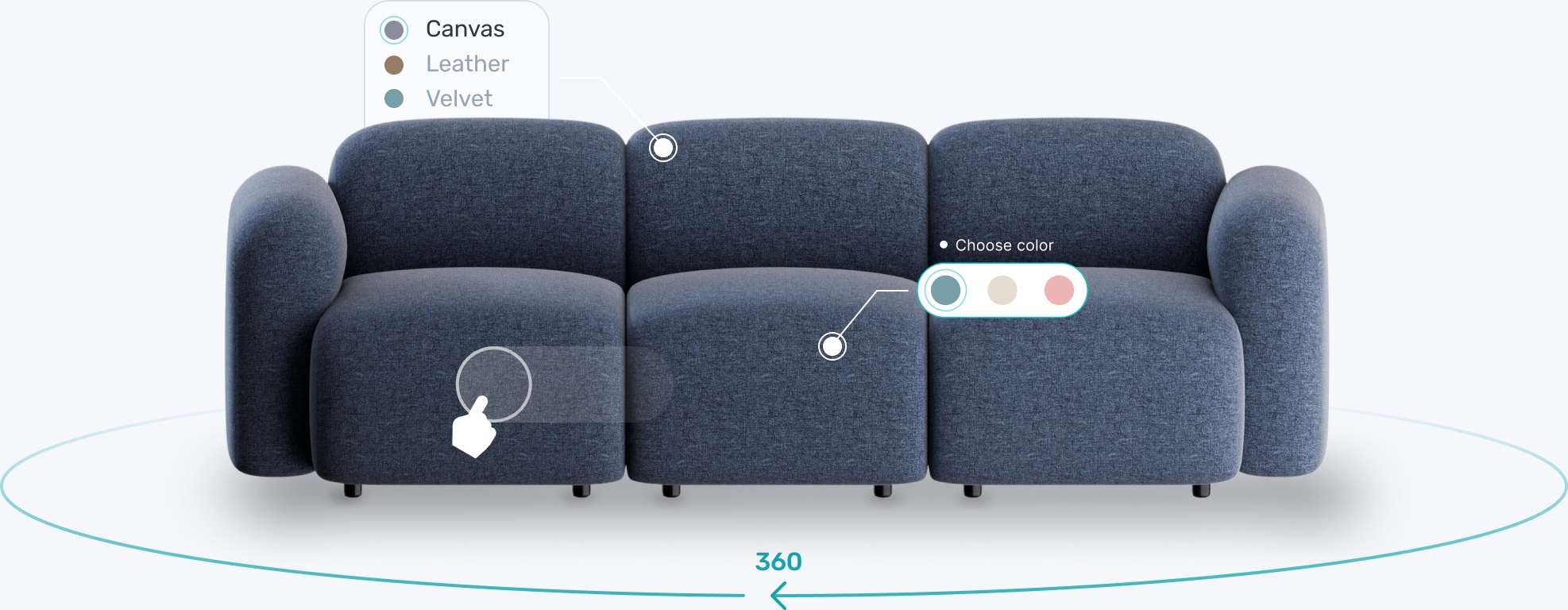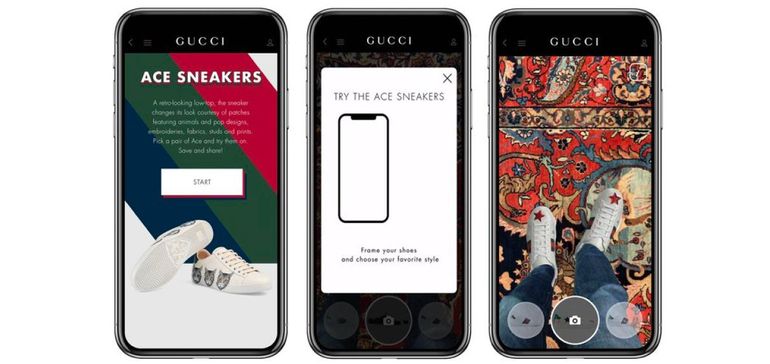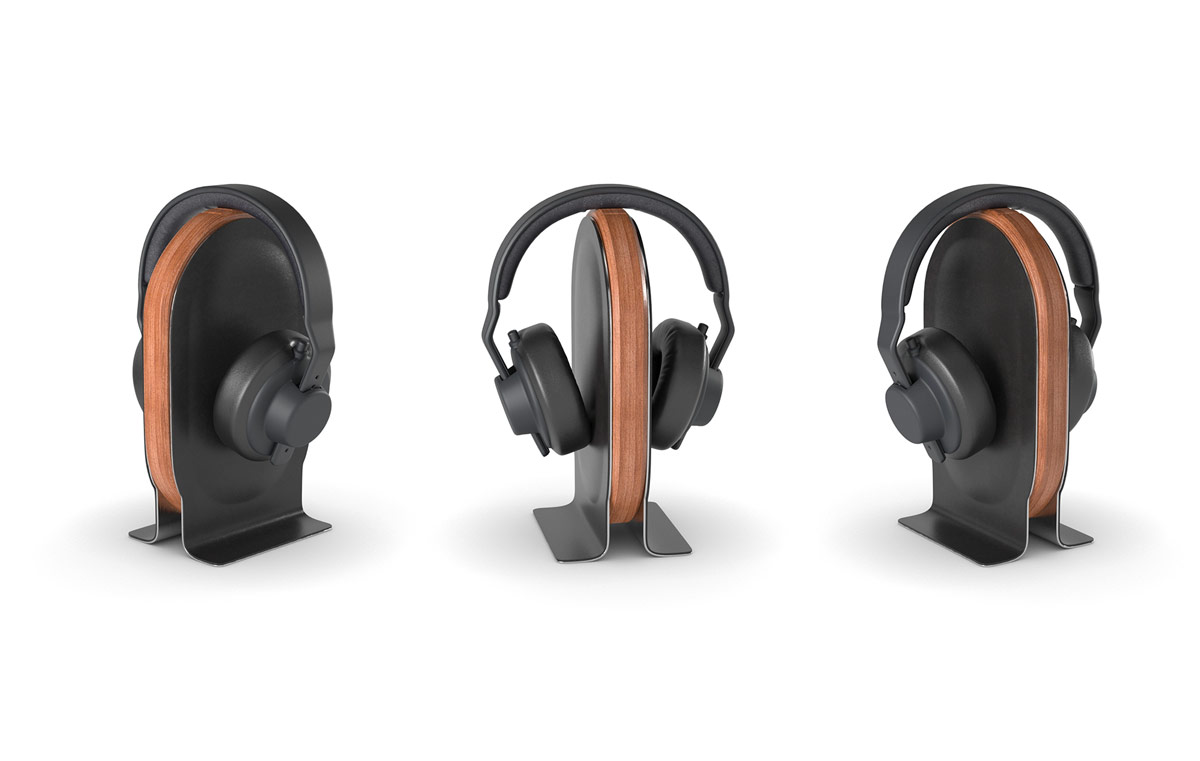Transform your eCommerce strategy with 3D & AR





Direct to Consumer (DTC) marketing offers brands greater freedom over traditional supply chains and the chance to capitalize on strong customer relationships. But after rising to prominence in the social media age, is the DTC brand model starting to fade? In this blog, we’ll look at how 3D and AR offer potential solutions to the problems faced by today’s DTC brands.

Spurred on by swells of social media audiences, new methods of precision audience targeting, as well as DTC-friendly eCommerce platforms like Shopify, DTC brands have experienced a worldwide boom since 2016. But now in 2022, the sector is at a crossroads.
On the one hand, DTC brand revenues grew by 20 billion transactions in 2020 – a 15.9% year-on-year increase. In the USA alone, DTC sales hit $111.54 billion in 2020, and stats suggest that 55% of consumers now prefer to buy directly from brands instead of generic retailers.
However, selling directly isn't as easy as it used to be. As Big Technology analyst Alex Kantrowitz reports, almost all DTC brands with revenues above $800 million are actually losing money.
So far, 2022 has seen big contractions in market capitalization and sales for some brands. But why? Multiple causes could be to blame.
For one, consumer brands are finding it harder to reach target audiences. In the past two years, for example, Facebook ad costs to reach 1,000 people have more than doubled from $6 to $18. At the same time, shipping costs from suppliers overseas are soaring.
There have also been fundamental changes to online marketing strategies. iOS 14 changes have caused problems in analyzing Facebook metrics, while Google Chrome is cutting back on cookies, making first-party customer data much more important.
These conditions have led consumer brands to innovate and adapt, including many implementations of 3D modeling and Augmented Reality.

A diverse range of trends is influencing the way consumer brands sell. And as a result, direct to consumer brands are undergoing a new phase of change and experimentation. Here are just a few of the major developments that DTC companies are grappling with:
The direct to consumer picture is complex and changes from sector to sector. Given that complexity, let’s take a look at three different brands to see how they are progressing.
Glossier is an example of a company in need of reinvention if its style of selling directly is to continue. The cosmetics company earned glowing headlines in the late 2010s, tapping into youth markets with “minimalist” beauty packs, delivered with a personal touch. Successfully monitoring social media to track emerging consumer desires to update the brand’s offerings accordingly.
However, early successes have been followed by serious challenges. Mass lay-offs and allegations at the DTC brand have been accompanied by stalling revenues and problems with overexpansion via bricks-and-mortar locations.
Allbirds was and still is a trailblazing DTC brand, creating sustainable footwear especially prized by tech workers. Valued at around $1.4 billion, the company remains profitable and successful, championing low-impact production and maintaining a positive reputation with key demographics.
How does it manage this? In Allbirds case, strong customer service and trust are key parts of the DTC business model. The company actually makes a point of working social media feedback into new designs. It also combines a standard Shopify store with an advanced AR try on app that works independently, while the aforementioned tie-up with adidas has helped to expand Allbirds’ appeal to new audiences.
Meerson Watches takes another approach, focusing on creating in-depth customer experiences that allow buyers to get to know their products and the people who make them. The British brand uses AR, social media, and video content to extend the reach of its retail stores.
In this more traditional sector, AR and 3D have been game-changers. Allowing buyers to see 3D models of designs, including detailed representations of the manufacturing process. Or superimpose watches onto physical surroundings or the client’s wrist, enabling them to feel confident in their premium purchases.
“AR is not a visualization tool used just for fun; its purpose is to help manage expectations while clients are very impressed that the finished watch is identical to the 3D renderings.” Alexandre Meerson, Founder of Meerson Watches
Meerson Watches and Allbirds are just two examples of DTC brands succeeding by integrating 3D and AR into the DTC business model. But they aren’t alone. Hair coloring brand Madison Reed also grew sales by creating an AR app to sample new hair tones, while apparel brand Gucci has used AR to allow customers to try on their Ace Sneakers, and many more.
Could the same techniques help your DTC brand navigate testing economic conditions? Let’s look at some ways that 3D can enhance direct-to-customer selling and make those all-important personal connections even stronger.

3D product visualizers are tools that use 3D models to enable customers to explore how products look and work. Easily embedded into almost any online store, including Shopify sites, or turned into 3D immersive ads via tools like Google Swirl.
These tools benefit consumer brands by putting customers in control. Buyers can go beyond simple descriptive information like size or color and really get a feel for every aspect of a product before spending a cent.
In more advanced versions, visualizers combine 3D printing and adaptable production techniques to turn customers into designers. For instance, sneakers can be customized to fit precisely around a buyer’s foot shape or earrings shaped as wearers desire.
3D product visualizers also have the effect of reducing return rates and boosting customer reviews – two major sources of online profitability. So it’s no surprise to see many DTC brands embracing them as part of the customer experience.

Virtual photography lets DTC brands go beyond standard photography for their eCommerce stores or social media posts. This technique is used to create infinite photorealistic product shots from a single 3D model.
This content may also form the basis for Augmented Reality apps and product configurators. Partners like Modelry can generate vast libraries of models at low cost, converting static 2D photos into AR-ready models for an interactive customer experience.
The advent of 5G connectivity, new development kits for iOS and Android, and the explosion of social media usage have turbo-powered AR. As Statista reports, the AR and VR sector is projected to grow by 102.8% between 2018 and 2023, and few DTC brands can afford to miss out.
Many innovative online shopping companies have already shown us why. AR can be the foundation for smartphone apps, Snapchat filters, and Metaverse experiences that drive sales and build brand loyalty. For example, glasses brand Warby Parker scored big with an app that incorporated facial mapping to try on frames virtually.
AR works so well for so many consumer brands because it allows customers to place products in the context of their own lives. IKEA have pioneered this approach, introducing the IKEA Studio app which lets buyers style rooms around their home. And with Web3 approaching, it’s sure to be a mainstay of building customer relationships in the future.

Lifestyle scenes enable users to see how products function in real-world settings. Placing your products into 3D rendered indoor and outdoor scenes, from living rooms and offices to gardens and extreme landscapes, creating inspiring photorealistic scenes.
This technique could be used by almost any online retailer. It's easy to imagine lifestyle scenes featuring everything from toys to outdoor planters.
Digital Asset Management (DAM) is the bedrock that lies underneath an AR and 3D-powered direct to consumer business. It empowers companies to easily manage workflows and automate the process of turning 3D models into customer experiences.
Management tools like those offered by Modelry are essential for scaling quickly when the need arises, and making sure your brand message is totally uniform across all channels. Add in comprehensive analytics, and a good DAM system offers a route to lean, flexible, and easy-to-manage direct-to-consumer operations.
DTC brands always need to find the best way to connect with their audience, and there are many ways to do so. However, AR and 3D modeling stand out from the pack. In a world of smartphones and Snapchat, 3D offers a variety of options for DTC businesses to explore.
Whether you want to craft a customer experience based around AR or feature limitless virtual photography, Modelry can help. Our network of 3D modeling experts can turn existing product ranges into models that are ready for product configurators and apps.
Get in touch with our team and add a new dimension to your online retail experience.




